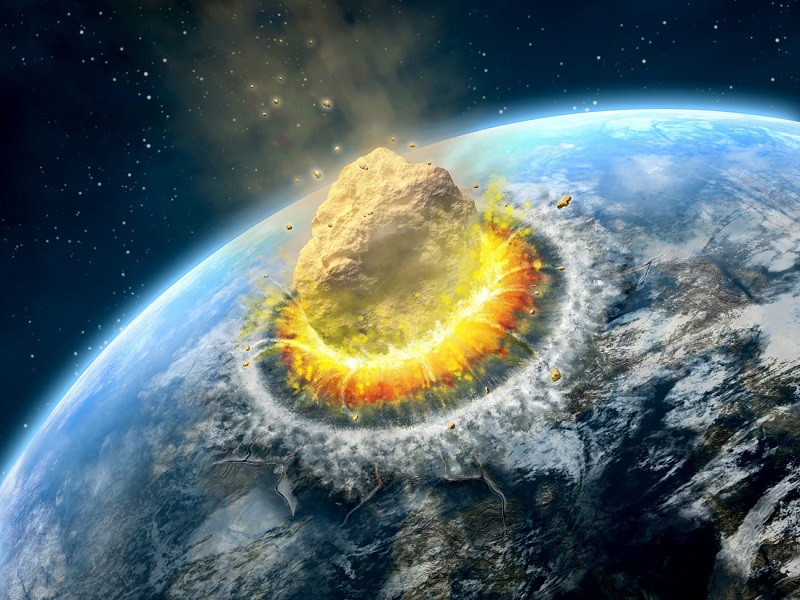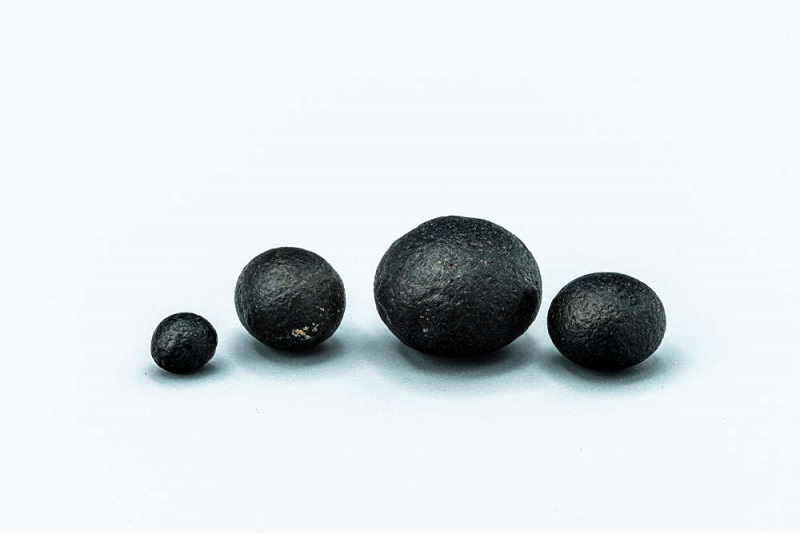About 800,000 years ago, a huge space rock slammed into Earth. It smashed into our planet with an incredible force. This explosion blanketed about 10% of the planet with shiny black lumps of rocky debris.
Of course, researchers discovered this event thanks to bizarre glass debris that’s spread across Australia and Asia. Although they had been searching for a century, no one managed to find the impact crater until now.
The crater may be buried in Laos

For this reason, a team of researchers thinks they have found the location of the crater buried in Laos. In this new study, scientists describe the location where they think it crashed: a volcanic field in southeastern Laos.
“There have been many attempts to find the impact site and many suggestions. They were ranging from northern Cambodia to central Laos, and even southern China. And from eastern Thailand to offshore Vietnam,” Kerry Sieh, the lead author of the study, told CNN.
“But our study is the first to put together so many lines of evidence. It ranges from the chemical nature of the tektites to their physical characteristics. From gravity measurements to measurements of the age of lavas that could bury the crater.”
As a matter of fact, tektites led to a possible impact site. Those glass blobs were kicked out by the meteorite blasting into the ground. By studying them, researchers recorded various types of tektites.
For example, those tektites discovered in North America originated from the impact that formed the Chesapeake Bay Crater in Virginia.
The tektites suggest a massive meteorite struck Earth’s surface

In the case of this strike, the tektites are proof that a massive meteorite struck Earth’s surface 800,000 years ago. The greatest density of tektites have been found in Indochina, the most obvious place to search for the crater.
So the distribution of tektites led to Southeast Asia. It seems that tektites have a chemical make-up linked to the geology of the Bolaven volcanic field in Southern Laos. They also discovered unusual sandstone less than 20 kilometers away from the Bolaven volcanic field.
This precious information indicates a nearby meteorite impact. Furthermore, gravity measurements of the volcanic field also exposed an unusual anomaly. This anomaly explains the presence of a vast crater beneath the Earth’s surface.
Although backed up by some solid evidence, this remains speculative at the moment. The crater is now hidden beneath masses of volcanic rock produced by lava flow many millennia ago. The researchers’ team should dig deep into the lava field and its geology.












































